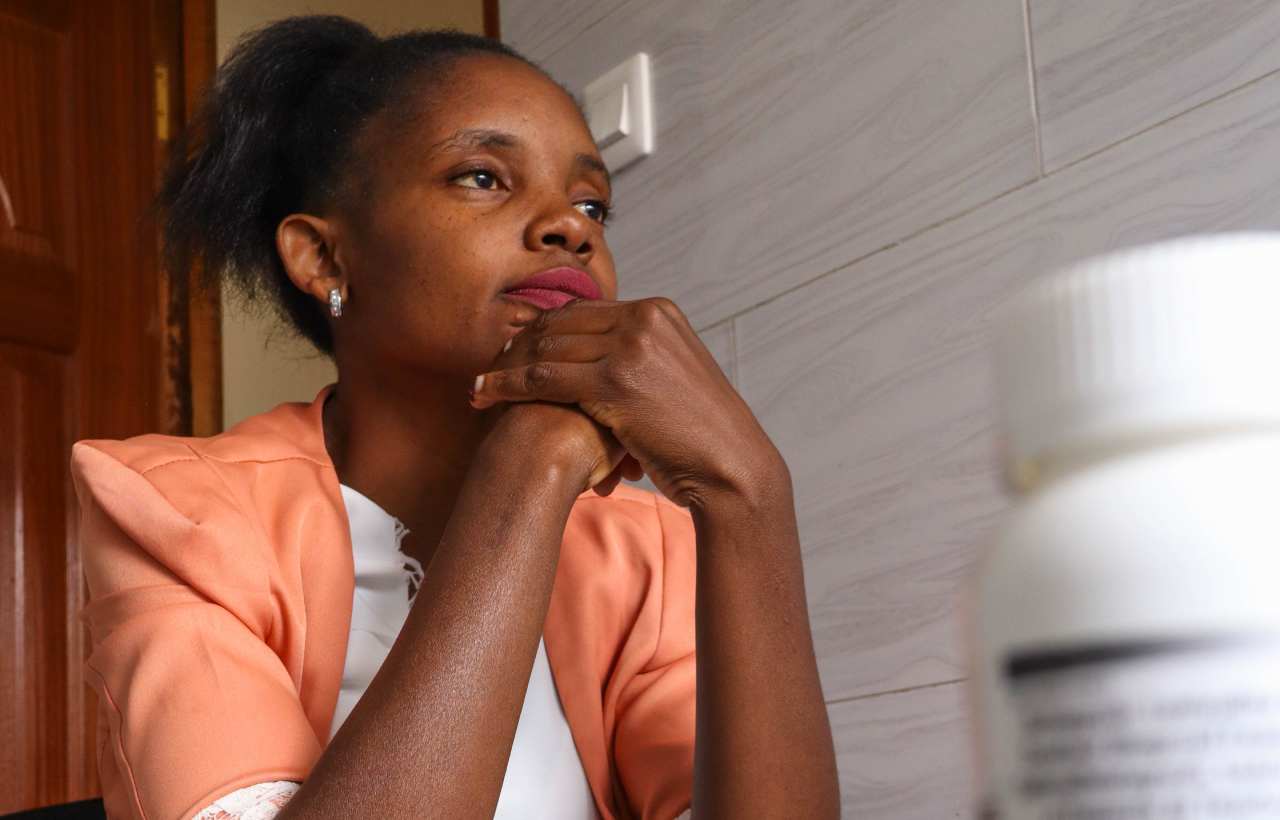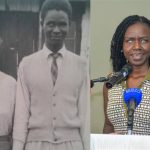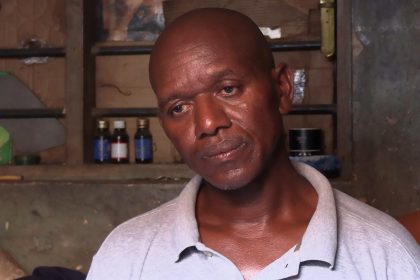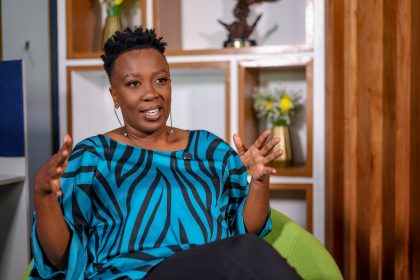Her husband, in a chilling display, demonstrated how her burial would look when she finally died of HIV complications
In Kenya, over 1.3 million people live with HIV—a figure often reduced to mere statistics. Yet behind every number is a person with a story of survival, struggle, and acceptance. Each statistic has a face. Like those of Nancy Kolomani, Anthony Chege, and Doreen Moraa, individuals whose lives, though constricted by HIV, are defined by resilience and determination.
Nancy Kolomani’s search for love, for instance, led her through pain, betrayal, and resilience.
Her second marriage was a nightmare marked by physical and emotional abuse. But even after escaping the violence, she still believed in love. And after one clinic visit, she me a man with whom she poured out her pain over the weight of her past. They talked for three hours. Something inside her whispered, maybe this is it. Three hours turned into a lifetime commitment, and they got married.
For two years, she and her new husband longed for a child. Every month, she hoped, prayed and waited, but nothing. Then, one day, her prayers were answered. She was finally pregnant.
Overjoyed, she rushed to the clinic for her first prenatal check-up on August 31, 2019. As she sat in the waiting room, she imagined the tiny life growing inside her, a new beginning after years of longing. But at exactly 2:45pm, her world shattered.
Her blood test results came back HIV-positive.
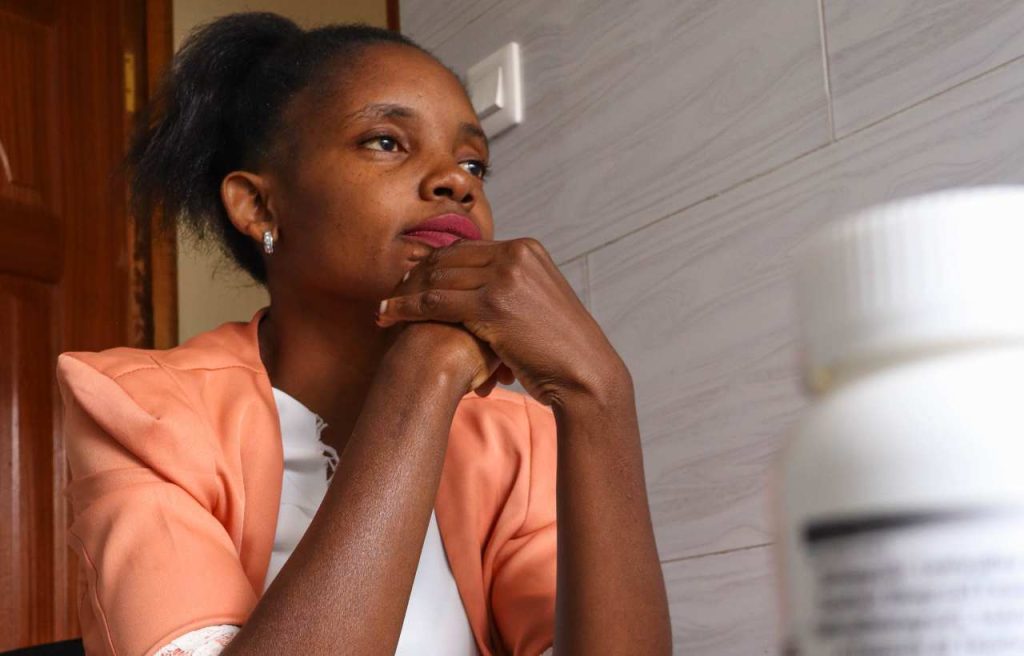
Confusion. Terror. Denial. How?
She had been faithful, hopeful for the two years they were married. But now, the pregnancy she had once celebrated felt like a cruel twist of fate. Determined to find answers, she asked her husband to get tested. His results came back negative.
Her worst fears took shape when she was met with quiet detachment instead of comfort. And then, the unthinkable happened. Her husband, in a chilling display, demonstrated how her burial would look when she finally died of HIV complications, according to him.
“I was shocked. So, this man already thinks I am dead to him!” she exclaimed.
But Nancy refused to be buried alive. Instead, she turned her pain into purpose.
“I recorded a video, laying bare my truth, refusing to be silenced by shame. That video went viral, sparking my movement ‘Don’t Bury Me Alive’” she told Willow Health in an interview.
Today, Nancy is not just surviving; she is thriving. She mentors others living with HIV, proving that a diagnosis is not a death sentence. She is a voice for those still afraid to speak.
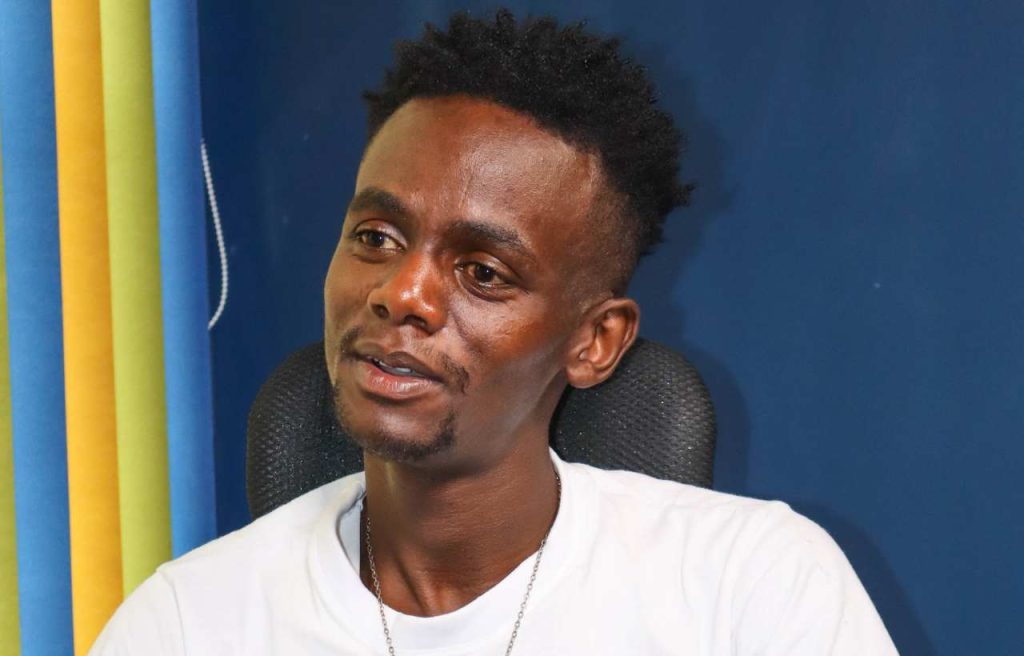
Anthony Chege’s journey to discovering his status was a bit different. From the moment he was born, life had already written Anthony Chege into a script of secrecy and survival.
Born HIV-positive, he never got to know his mother because she died by suicide when he was just two months old. His family, wrapped in fear and stigma, decided his truth was too dangerous to be spoken aloud. So, they kept it hidden.
As a child, Anthony was constantly sick. But whenever he asked about the daily pills he had to take, the answer was always the same: They are for a chest infection.
It wasn’t until class six that the truth unravelled. He had fallen severely ill with herpes zoster, a painful condition common among people with weakened immune systems. This time, the silence around his health broke. He was HIV-positive.
“When I found out, I thought my life was over. I thought … I am dead.,” he admits.
At the time, treatment options for children were scarce, and the world around him viewed HIV as a death sentence. For years, he struggled not just with medication adherence but also with the loneliness of carrying a truth many refused to accept.
But Anthony chose life. He refused to be reduced to his diagnosis.
Today, he stands tall not as a victim, but as a beautician and HIV advocate, using his voice to educate, challenge stigma, and remind the world that people living with HIV are more than just their status.

Like Anthony, Doreen Moraa’s childhood was marked by mystery and misdiagnoses.
She was always sick, in and out of hospitals, as doctors and her parents desperately tried to figure out what was wrong. The answer came when she was eight years old and was diagnosed with HIV after a severe case of herpes zoster.
“Doctors were amazed I had survived for eight years without treatment,” Doreen recalls.
It was the late 1990s, and ARVs were scarce, especially for children. The future looked uncertain.
At 13, she was finally put on antiretroviral treatment. But there was a condition: she had to keep it a secret. In a society where stigma ran deep, disclosure wasn’t an option—especially not in boarding school, where judgment and fear loomed over those living with the virus.
“Taking daily medication is exhausting, and the fear of being discovered was overwhelming,” she admits.
For years, the burden of secrecy weighed her down. Until one day, she spoke up not for advocacy, not for awareness, but simply to free herself.
“At first, it wasn’t for advocacy. It was just to release the burden.”
But in sharing her truth, she found her purpose.
Today, Doreen is a passionate advocate, working with NGOs to educate, empower, and erase stigma. Through her campaign, I Am a Beautiful Story, she challenges misconceptions, reminding the world that HIV is not a moral failing it’s just a condition.
And most importantly, it does not define a person.
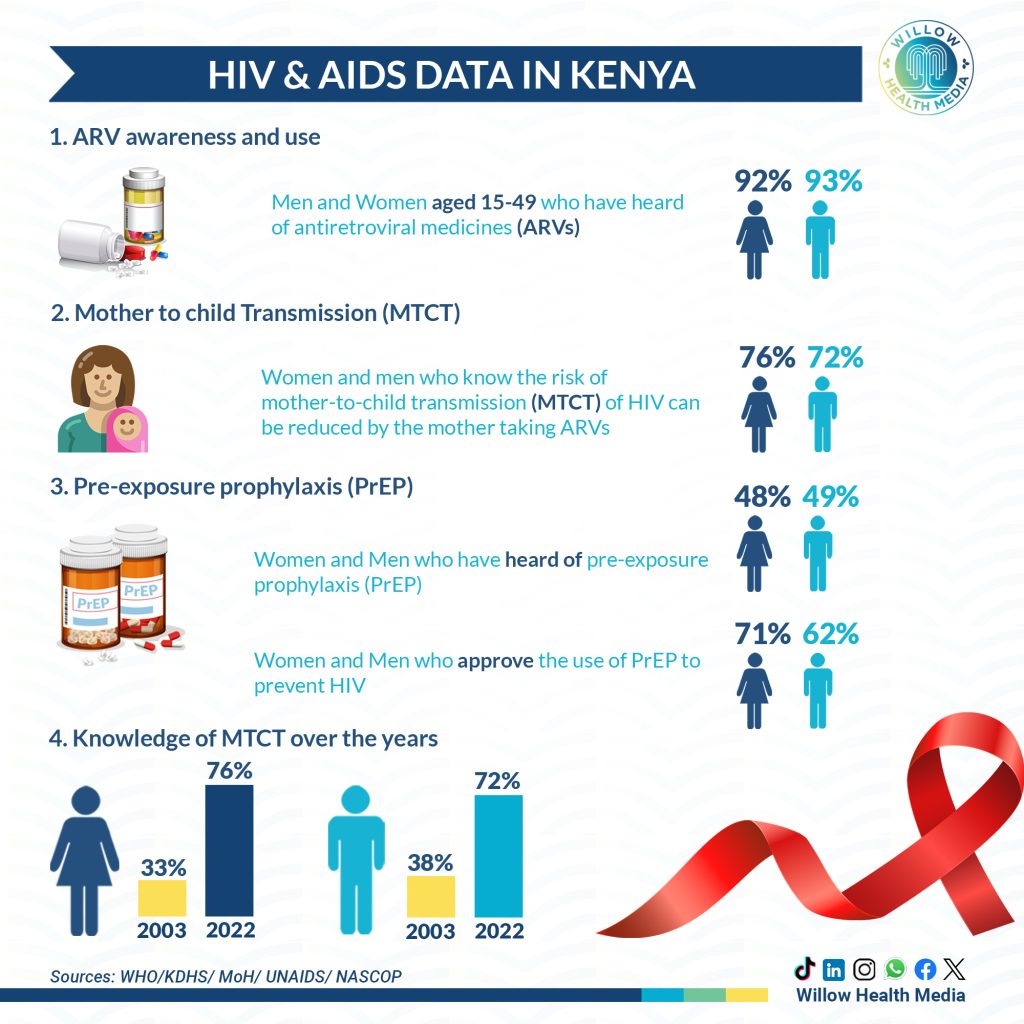
The HIV Landscape in Kenya
As of 2024, Kenya’s HIV prevalence among adults stands at 3.3%, with a notable disparity between women (4.5%) and men (2.2%), according to the National Syndemic Disease Control Council – NSDCC. Various socio-cultural factors, including gender inequality and limited access to preventive health services, contribute to this gap.
Despite significant medical advancements, such as universal access to antiretroviral therapy (ARVs), stigma remains a formidable barrier to progress.
One such initiative is the Undetectable = Untransmittable (U=U) movement, which has helped shift perceptions. When individuals on effective HIV treatment have an undetectable viral load, they cannot transmit the virus sexually, a fact many are still unaware of.
Despite these advances, stigma remains a pervasive issue, particularly in relationships. “Some people see dating someone with HIV as charity work,” Doreen says. “But I want love, not pity.” Anthony echoes this sentiment, emphasizing that disclosure remains one of the most difficult aspects of relationships.
“Once you’re undetectable, you can’t transmit the virus through sex. That’s something people need to understand. Like me and my partner are a discordant couple,” he explains.
Nancy, Anthony, and Doreen’s journeys are a testament to the resilience of people living with HIV. They continue to challenge societal norms, advocating for better understanding and greater inclusion.
As Kenya continues its fight against HIV, addressing stigma is just as crucial as medical advancements.



